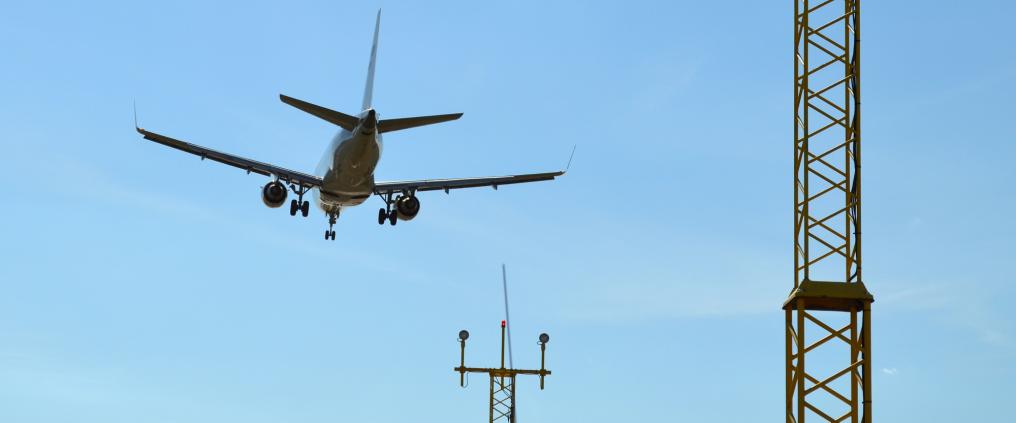The comparison study Global Connectivity Ranking, produced by Australian travel search engine Rome2rio, ranked over a thousand airports based on the number of direct, international flight routes. Published in May, the Rome2rio study is indicative in nature.
London topped the ranking list with its 351 international flight routes, followed by Paris (291) and Frankfurt (278).
Helsinki Airport did well in the comparison with its 110 direct international flight routes, ranking 36th. Considering the number of inhabitants and the size of its economy, the ranking of the tiny state of Finland is even more remarkable.
Other Nordic countries were slightly ahead of Finland. Copenhagen placed 23rd (144th), Stockholm 28th (131st) and Oslo 31st (119th).
"Finland is the only Nordic country to have grown the number of direct routes and improved its ranking since 2014."
It is worth noting that Finland is the only Nordic country to have grown the number of direct routes and improved its ranking since 2014. Stockholm, Copenhagen and Oslo have experienced a drop in the number of direct routes as well as the ranking in the comparison between 2014 and 2015.
The development of direct routes has grown steadily in Finland. The growth of our accessibility, which refers to the combined number of direct and transfer flights, has been even fiercer. According to Airports Council International ACI Europe the growth of Finland’s accessibility is second strongest in Europe.
Finns have superior connections considering the number of inhabitants
Competition over airlines and passengers between different countries and their key airports is becoming fiercer and fiercer. More and more airports are looking to profile themselves as a hub for air traffic.
"According to Airports Council International ACI Europe the growth of Finland’s accessibility is second strongest in Europe."
Finland has been successful in various comparisons, especially in those regarding international transfer traffic. Helsinki Airport has established itself as an important hub for traffic between Asia and Europe, and continues to grow. In 2015, for example, Helsinki Airport was visited by 300,000 Chinese travellers, more than Russian travellers, for the first time in history.
Finnish people have access to superior connections to all parts of the world, considering the number of inhabitants.
According to the World Economic Forum's (WEF) Global Competitiveness Report 2015–2016, Finland's air transport infrastructure was among the best in terms of quality. Finland has the world's ninth best airport network. Norway, Sweden, Denmark and Germany finished behind Finland in the comparison.
We can and should enjoy our success, but we must not allow ourselves to be distracted. In order to keep up with the competition, the operations and services of Helsinki Airport, as well as the entire chain, must be developed to be even better than they have been.
According to Finavia’s comprehensive development programme, the aim is to maintain Finland's good flight connections and to ensure that Helsinki Airport's strong competitive position, especially in transit traffic between Europe and Asia.



